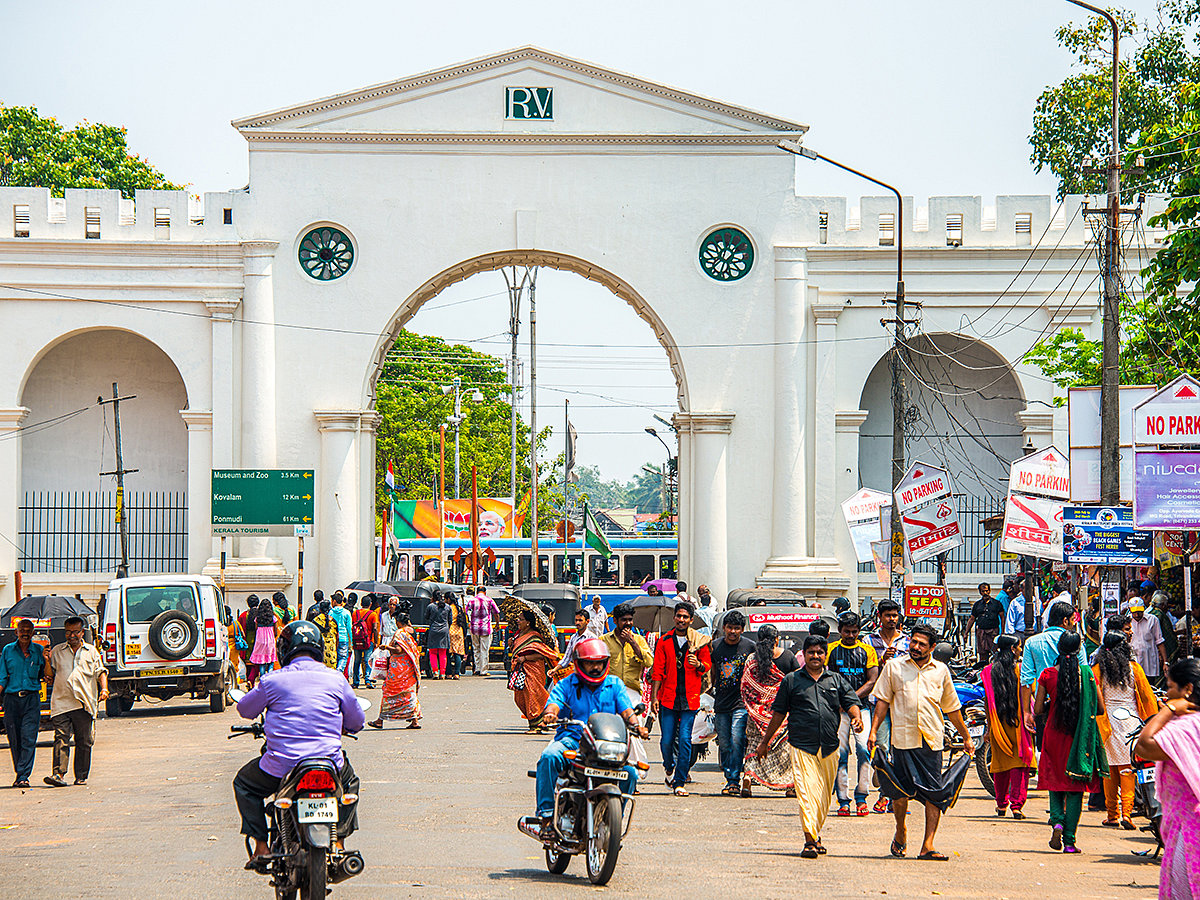From literacy to livelihoods: How Kerala became India’s first state to beat extreme poverty
Southern state’s focus on education and welfare holds lessons for the rest of the country

It is easy to forget that extreme poverty — defined as living on less than $2.15 a day, according to the World Bank — still stalks and preys on many Indians. This means that millions cannot meet their most basic needs for food, shelter, and sanitation.
I share this definition with my readers of SWAT Analysis because I want to report a rare piece of good news. Kerala, on India’s southernmost tip, has become the first state in India to announce in its Assembly that it has eradicated extreme poverty. The Left Democratic Front (LDF) government in Kerala, led by Chief Minister Pinarayi Vijayan, said this milestone followed the launch of the Extreme Poverty Alleviation Project in 2021, under which 64,006 families were identified as extremely poor. These families then became beneficiaries of a four-year project aimed at eliminating extreme poverty in the state.
Ground level efforts
Vijayan emphasised that this progress came after a Niti Aayog (formerly the Planning Commission) report found that Kerala had the lowest poverty rate in India — at just 0.7 percent. This gave the government a target, and ground-level efforts were made to reach out to these families through surveys using indicators such as access to food, health, water, and livelihood. In total, 103,099 individuals from 64,006 families were identified as extremely poor.
Hindustan Times, a mainstream daily, reported that the Kerala government’s initiative has transformed lives. The paper cited the story of a couple living in Konattussery — Rejimol M.R., a coir worker, and her husband Sunil Kumar, who has been deaf and mute since birth. The couple, with two young daughters, lived in a decrepit ancestral home surrounded by swamps and paddy fields. The house was certified unsafe by authorities, and since Rejimol was the sole earning member, the family was prioritised under the scheme. They received three instalments of Rs400,000 each under the flagship Life Mission and are arranging the rest through bank loans to build a Rs800,000 house. Their lifelong dream of owning a habitable home has finally come true.
Daunting problem
India, with the world’s largest population and youngest demographic slice, faces a daunting problem of extreme poverty. Yet it is rarely mentioned in the mass media. Extreme poverty, particularly in the north of India — in states such as Uttar Pradesh and Bihar — is almost treated as a dirty secret. Unfortunately, these states, along with Madhya Pradesh, are the ones that drag India down in poverty and social indices.
Bihar, which goes to polls next week, remains the poorest state in India, with the highest rate of multidimensional poverty and the lowest per capita income, according to data from Niti Aayog and the Ministry of Finance for 2023–24. Jharkhand and Uttar Pradesh follow at two and three.
Challenges to tackle
The North has much to learn from the South in governance and improving the lives of its people. Challenges such as low literacy rates, limited access to basic amenities, and fewer job opportunities continue to compound the crisis.
Kerala, which boasts a 93.91 percent literacy rate and a gender ratio of 1,084 females to 1,000 males — the highest among all Indian states — is also one of the few to have achieved sub-replacement fertility rates. Its model should serve as a lesson for northern states.
Tough questions
So, let’s examine the elephant in the room and ask the tough questions that SWAT Analysis is unafraid to raise. Why is Kerala doing so much better in health (life expectancy 77.7 years) than the much-touted Gujarat model, which scores higher on per capita income and ease of doing business? Shouldn’t those factors also translate into better quality of life and welfare for its people?
Consider this: in literacy, Kerala ranks first in India, while Gujarat is 18th, with an adult literacy rate of 79.31 percent. Among women, 97.4 percent in Kerala are literate, compared to 73.5 percent in Gujarat. The average life expectancy for women in Kerala is 77.8 years, compared to 72 years in Gujarat. Child anaemia in Kerala stands at 39.4 percent, while in Gujarat it is an alarming 79.7 percent.
Experts may attribute these differences to many factors, but to me, the key takeaway is education — especially the education of women — which changes the fortunes of entire families. To lift India out of poverty and generate employment for what could otherwise become a demographic nightmare, we must double literacy levels. This is not some “leftist” do-good priority but an essential national need. For that, India must learn from southern states that have prioritised primary education through imaginative programmes like the protein-based midday meal scheme.
While extreme poverty in India has fallen sharply — from 16.2 percent in 2011–12 to 2.3 percent in 2022–23 — we must make it zero to ensure every Indian can live with basic dignity. The Kerala model shows the way forward.
Sign up for the Daily Briefing
Get the latest news and updates straight to your inbox
Network Links
GN StoreDownload our app
© Al Nisr Publishing LLC 2025. All rights reserved.
